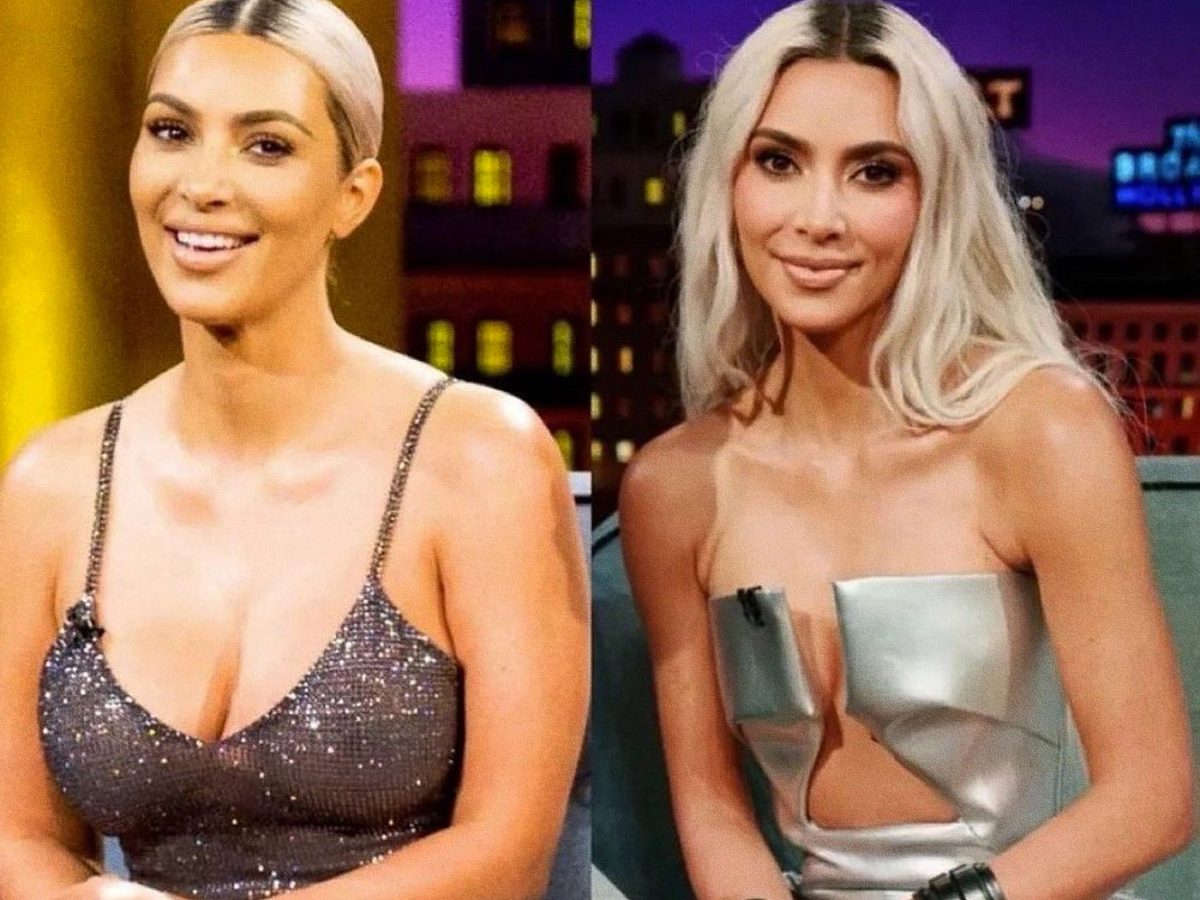Let’s cut to the chase. You’ll never be perfect. No matter what you do, whether it’s your style or how your body looks, you’ll never be exactly enough for yourself and society. The insecurities that young women deal with can be blamed on society’s expectations of a woman’s appearance. Social media also advocates it. It may seem all glamorous online, but there’s more to it than it seems. Let’s look at what defines beauty throughout the century in the United States, as well as the recycling of trends.
Starting from the 1890s to the early 1900s, the visual embodiment of beauty was the “Gibson Girl”, an illustration by Charles Dana Gibson. The “Gibson Girl” is tall and thin but has a voluminous figure (full breasts, hips, and buttocks). She also has a slim s-shaped waist by wearing a waist trainer/corset. Women were to dress traditionally in domestic clothing, not vulgar or revealing clothing.
A shift begins in the roaring twenties. Flappers were the new trend. Contrary to the previous decades, a “boyish” or adolescent body type was preferred to curves. Women blinded their breasts and wore undergarments to appear more slim and long-limbed. In this era, women were more energetic and carefree. They wore shorter clothing and cut their hair into bobs. Compared to the Gibson Girl, flappers were perceived as “scandalous” who engaged in smoking, drinking, and dancing. This was surprising considering that it didn’t fit the image of domestic housewives.
Between the 30s and 50s, also known as the Golden Age of Hollywood, the slim hourglass figure found its way back into the mainstream media. A full chest and hips paired with an accentuated waist were desired. Sound familiar? Actress Marilyn Monroe was a significant symbol of beauty in this era.
The beauty standards from the 60s to the early 2000s stayed pretty consistent. Skinny was the “new” craze. There was a slight change in the 80s when women were encouraged to have an athletic figure and overall be “healthy”. Healthy is in quotation marks because of the extreme diets women went on to achieve these body goals (liquid diets, diet pills, cabbage soup diet, etc.). But were they? Only ten years after athleticism and health were being promoted, “heroin chic” became the hottest body type.
It’s exactly what it sounds like, a woman who is so thin she looks sick, a common side effect of heroin. The 2010s and modern society made a turning point.
From the 2010s to today, curves have made their way back to the spotlight. Models are now more inclusive and diverse, but clearly, there are still favorites in society. Curves are desired, however, they usually include a rounder stomach, which is unfavorable for a woman. To achieve this, many visit plastic surgeons to get procedures such as Brazilian Butt Lifts, breast implants, and liposuction to achieve an hourglass figure. Women go to such lengths just to fit today’s standards.
Celebrities like Kim Kardashian and her sisters are prime examples of beauty today. The Kardashian-Jenner family is notorious for face and body enhancements. However, just last year in 2022, Kim Kardashian lost almost 20 pounds in just two weeks to fit into Marilyn Monroe’s dress. Kim looked noticeably thinner and had less curves. Many believe that she may have even gotten a breast implant removal procedure. If beautiful women like Kim Kardashian are always changing their appearance, how would the average person feel?
It seems like a woman’s body is in a consistent cycle between the skinny model look or the curvaceous hourglass figure. So what about those who are neither?








